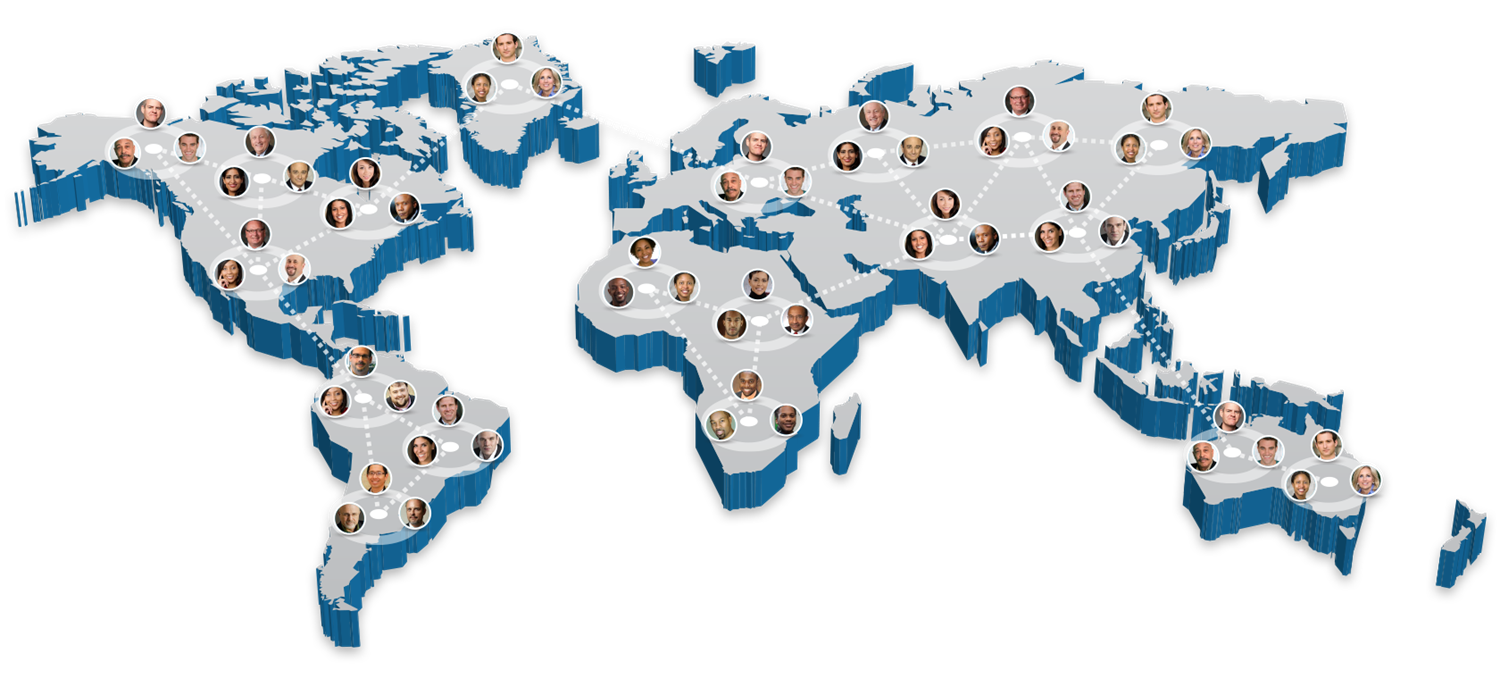How to Improve Remote Collaboration in Distributed Teams
Promoting remote collaboration among off-site team members can be a difficult task. Outside factors and company issues can quickly hurt your employees’ productivity. Over a prolonged period, this loss could even cause a notable change in absenteeism, turnover rates, and profitability for your company. This is especially problematic in the current environment, with so many companies suddenly going fully remote due to the pandemic.
Even if yours was not a remote position before, chances are, right now, you’re on a distributed team, given that so much of the workforce is currently working from home.
For distributed teams, quick fixes like team-building activities or managerial changes will have few long-term effects. Instead, the most effective way to reverse the results of poor team performance is by making improvements to your company’s internal processes and work environment.
Following the recommendations below, you can implement the adjustments necessary to encourage better engagement, cooperation and remote collaboration in your organization, regardless of where your employees are working from.
Pay Your Employees Early
Throughout the current economic crisis, many professionals have experienced financial strain. Higher than average unemployment rates have forced some families to rely on one income. Monthly expenses like student loans, mortgage payments, and childcare costs could create severe problems for your employees. This type of stress can also cause issues in the workplace, affecting the productivity of your teams.
Giving your workers early access to their wages can provide much-needed support to their families. This improvement allows them to manage their finances better and avoid using risky payday loans. Compensating employees ahead of schedule is simple as employees can use a banking service with early direct deposits. This method will ensure that paychecks are available up to two days early without creating more paperwork for your HR department.
Improving the payroll process has the potential to improve employee morale, engagement, and productivity. With less financial difficulties to worry about, team members can spend more time focusing on work without distractions.
Use Appropriate Channels of Communication
The way your managers and employees communicate with each other is a crucial part of their work environment. When your teams are struggling with a project, supervisors must take the initiative to keep in touch with staff members. Whether it’s answering questions or giving examples, managers should be using multiple communication forms to make sure that employees understand all of their objectives and responsibilities. Communication- how, when, what, where and why you communicate- is exceedingly more important when your team is distributed across locations and time zones.
If recurring meetings are standard practice in your workplace, video conferencing is an excellent option for team supervisors and employees to stay connected. This method makes remote collaboration simple, more effective and efficient, by providing workers with tools to use like screen-sharing, breakout rooms, and app integrations for virtual presentations. Managers can also host video calls to demonstrate new procedures or give performance reviews without having to meet in-person.
Or better still, invite your employees to bring a thought to share with their peers and get your employees learning from each other. For example, after the CEO gives the main presentation to the entire company, you can put employees into small video breakouts and instruct them to discuss key takeaways and brainstorm on ways to meet the company goals, then bring everyone back to the “main room” and ask each breakout group to present their top suggestion to the entire company. This way, each team member feels like their voice is being heard, they are contributing to the meeting as an active participant rather than a passive consumer. Although we can’t meet in person and may not be able to for some time, we can and should (must?) find a way to meet live, face to face, often. 
For more in-depth or detail-oriented communications, a method like emailing or direct messaging may work better. Managers can quickly distribute information to employees without taking the time to set up a meeting. Direct messages are also great for quick communications, like answering simple questions or clarifying instructions for an assignment.

Give Out Rewards and Recognition
Building a cohesive team cannot happen overnight. Instead, it could take weeks of training, communication, and hard work to create a collaborative team. However, there are steps you can take to speed up the process.
Rewarding and recognizing teamwork not only boosts employee morale. It can also improve your team’s productivity. That’s because your workers will be motivated to work more efficiently and creatively when they know that their efforts won’t go unnoticed. Rewarding your staff doesn’t have to be expensive either. Small incentives like hand-written notes, company swag, or gift cards can make a significant impact without a considerable cost.
Rewards in the form of recognition are also beneficial as some employees would prefer receiving credit instead of monetary prizes. Monthly awards or weekly shout-outs for hard work can make team members feel appreciated without having to give huge bonuses or raises. Intrinsic rewards, like verbal praise or a pat on the back, have a longer-lasting impact on team members compared to extrinsic rewards such as money or trophies.
Support Knowledge Sharing and Transparency
Another way to encourage remote collaboration is by increasing the knowledge sharing inside your organization. While this might sound like an obvious recommendation, it can be more complicated than you think.
Knowledge sharing can come in many different forms. If your company has numerous policies or procedures, you must make them openly available to your employees. Whether they can access information online through an intranet or in an employee handbook, your staff members should know what is expected of them. Without a written resource, workers may become confused about their job responsibilities or group task requirements.
Transparency is also a requirement for effective knowledge sharing. If your workforce feels like they can’t trust you or that the information you provide is inaccurate, then team morale, job satisfaction, and turnover rates will suffer. Promote a culture based on honesty by asking for your employees’ feedback. Invite them to give suggestions anonymously and without judgment. With their opinions, you can make the necessary changes to improve your employees’ feelings about the company.

Improving teamwork and remote collaboration in your distributed workforce doesn’t have to feel like an impossible challenge. By making small improvements to the company culture and workplace – wherever that “workplace” may be – you can make a significant difference in team productivity, engagement, and morale.





One Comment
Comments are closed.